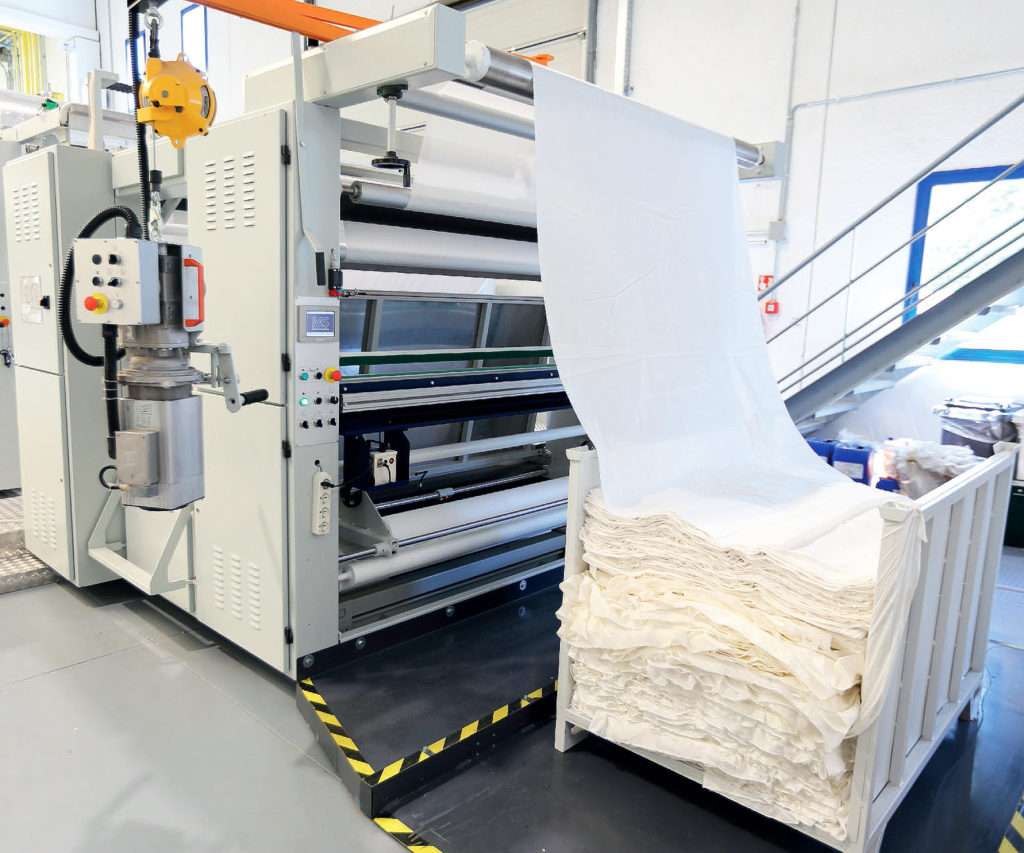Introduction:
The textile industry stands as a testament to human creativity and ingenuity, with the printing division sector playing a pivotal role in shaping the landscape of fabric design and production. From traditional block printing techniques to cutting-edge digital printing technologies, the printing division sector continues to evolve, offering endless possibilities for textile manufacturers and designers alike.
Evolution of Textile Printing:
Textile printing has come a long way since its inception, with historical records dating back to ancient civilizations such as Egypt, China, and India. Early methods involved labor-intensive processes like hand-block printing and screen printing, where intricate designs were meticulously transferred onto fabric using wooden blocks or screens coated with dye.
As technology advanced, so did the techniques of textile printing. The industrial revolution brought about significant innovations, including the development of roller printing machines and rotary screen printing, which revolutionized the mass production of printed textiles. These advancements paved the way for the modern printing division sector, enabling manufacturers to produce large quantities of printed fabrics with greater efficiency and speed.
In recent years, digital printing has emerged as a game-changer in the textile industry. Unlike traditional methods that require separate screens or blocks for each color, digital printing allows for the direct application of designs onto fabric using inkjet or laser technology. This not only eliminates the need for costly setup processes but also offers unparalleled flexibility in design customization and color accuracy.
Challenges and Opportunities:
While the printing division sector has witnessed remarkable advancements, it is not without its challenges. One of the primary concerns is environmental sustainability, as traditional printing methods often involve the use of harmful chemicals and excessive water consumption. However, with growing awareness and advancements in eco-friendly printing technologies, such as water-based inks and digital pigment printing, the industry is gradually moving towards more sustainable practices.
Another challenge facing the printing division sector is the constant pressure to innovate and stay ahead of changing consumer preferences. With trends evolving rapidly and demand for personalized and unique designs on the rise, textile printers must invest in research and development to continuously improve their capabilities and offerings.
Despite these challenges, the printing division sector also presents numerous opportunities for growth and expansion. The rise of e-commerce platforms and digital marketplaces has opened up new avenues for reaching customers globally, allowing manufacturers to showcase their products to a wider audience and capitalize on emerging trends in the fashion and home decor sectors.
Furthermore, advancements in technology, such as 3D printing and smart textiles, are reshaping the possibilities of textile printing, offering exciting opportunities for innovation and product differentiation. From customizable apparel to interactive fabrics embedded with sensors and electronics, the future of the printing division sector holds immense potential for pushing the boundaries of creativity and functionality.
Conclusion:
In conclusion, the printing division sector plays a crucial role in the ever-evolving textile industry, driving innovation, and creativity in fabric design and production. From ancient hand-block printing techniques to modern digital printing technologies, the sector has witnessed remarkable advancements, offering manufacturers and designers unparalleled opportunities for growth and expansion.
While challenges such as environmental sustainability and changing consumer preferences persist, they also present opportunities for the industry to embrace new technologies and practices that promote sustainability and meet the evolving needs of the market. With a commitment to innovation and excellence, the printing division sector is poised to continue shaping the future of textile printing and driving the industry forward into a new era of possibilities.



